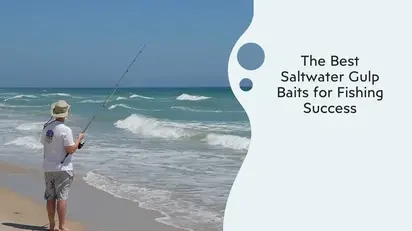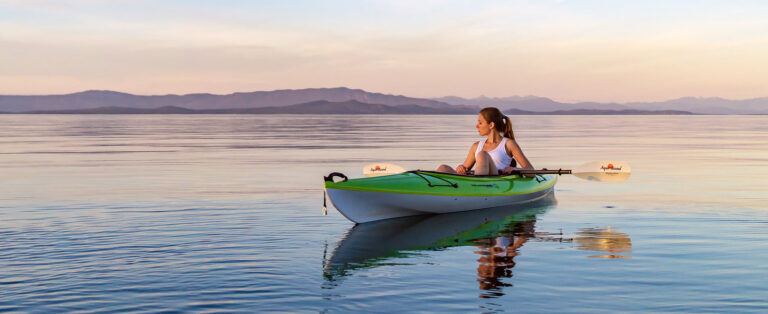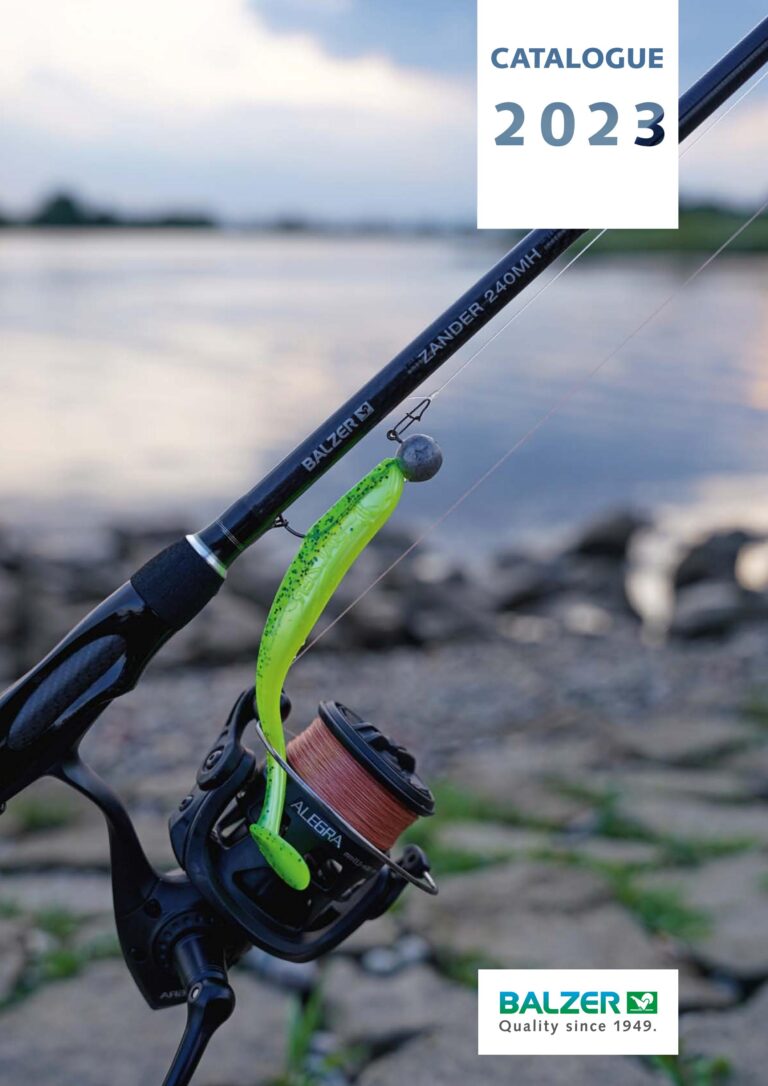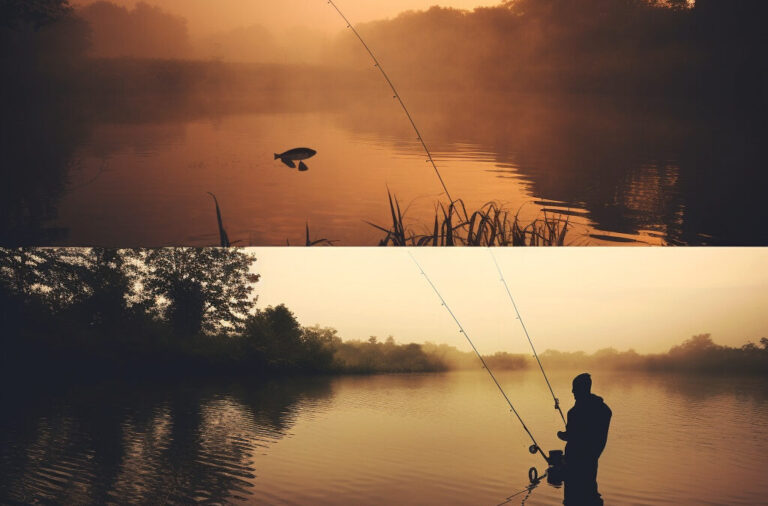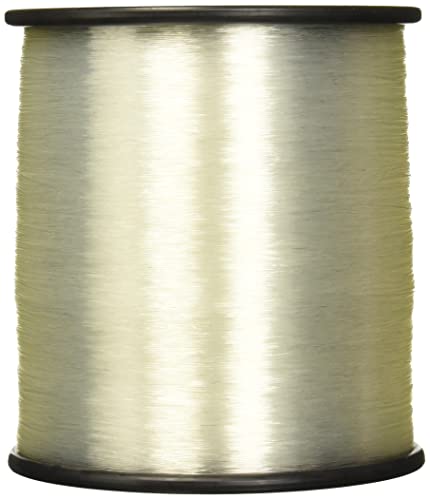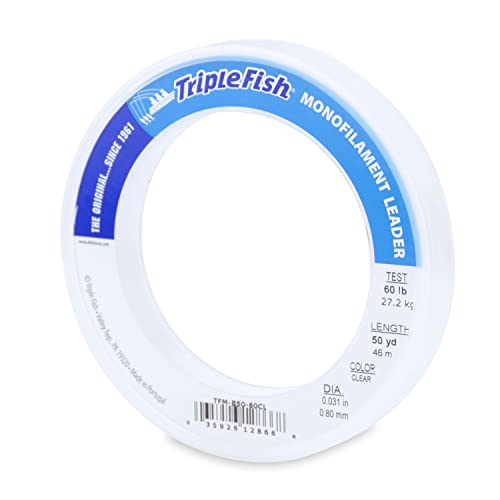To read a beach for surf fishing, observe the wave patterns and locate areas with structure and current breaks. Surf fishing is a thrilling and rewarding activity that combines the joys of fishing with the excitement of riding the waves.
However, to maximize your chances of success, it is essential to understand how to read the beach for surf fishing. By learning to interpret the subtle cues and characteristics of the beach, you can identify the prime spots where fish are likely to gather.
This guide will provide you with valuable insights on how to read a beach for surf fishing, equipping you with the knowledge to make the most out of your fishing adventures. Get ready to enhance your fishing skills and reel in some impressive catches as you unravel the secrets of the beach.
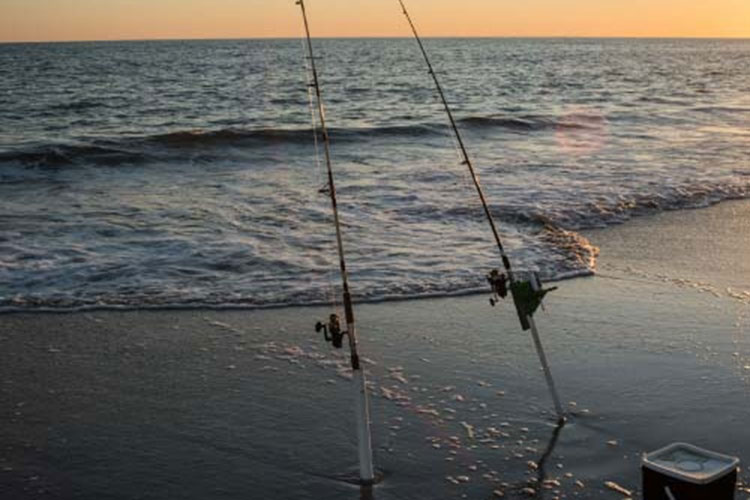
Credit: fishmaster.com
The Importance Of Understanding Beach Structures
Beach structures play a vital role in surf fishing. By understanding these structures, you can significantly improve your chances of a successful fishing trip. Here, we will explore the significance of beach structures in surf fishing and how they influence fish behavior, feeding patterns, and the presence of baitfish.
How Beach Structures Affect Fish Behavior And Feeding Patterns
Understanding how beach structures impact fish behavior and feeding patterns can give you an edge when it comes to surf fishing. Here’s why beach structures matter:
- Protection from strong currents: Beach structures such as sandbars and troughs create natural barriers that help shield fish from strong currents. Fish tend to seek these calmer areas, making them ideal spots for casting your line.
- Opportunities for ambush: Beach structures offer hiding places for predatory fish to lie in wait for their prey. Structures like rock formations, jetties, and submerged structures provide perfect hiding spots for fish to ambush passing baitfish.
- Channeling of baitfish: Beach structures, particularly sandbars and troughs, act as natural channels that baitfish use for migration. These channels concentrate baitfish, attracting larger predator fish seeking an easy meal.
- Altering water movement: Beach structures alter the flow and movement of water, creating eddies and currents. These changes in water movement can disorient baitfish, making them more vulnerable to predators.
- Enhanced foraging opportunities: Beach structures provide shelter and access to food for fish. Rocks, seaweed, and other structures attract marine organisms and small critters that fish feed on. By positioning yourself near these structures, you increase your chances of attracting hungry fish.
The Relationship Between Beach Structures And The Presence Of Baitfish
Baitfish are integral to surf fishing, as they attract larger predator fish. Here’s how beach structures influence the presence of baitfish:
- Protection from predators: Beach structures provide hiding places for baitfish, protecting them from larger predator fish. Structures like submerged trees, rock formations, and large seaweed patches offer refuge for baitfish, making these areas prime feeding grounds for larger fish.
- Abundance of food: Beach structures, especially when covered in seaweed or barnacles, attract a variety of small marine organisms and invertebrates. These organisms serve as a rich food source for baitfish, luring them to these areas and subsequently enticing larger fish to follow.
- Concentration of nutrients: Beach structures can create areas of increased nutrient concentration. As ocean currents pass these structures, they bring along nutrient-rich water, which promotes the growth of algae and other marine plants. Baitfish are drawn to these nutrient-rich areas, and in turn, larger predatory fish are drawn to the concentrations of baitfish.
Understanding the influence of beach structures on fish behavior, feeding patterns, and the presence of baitfish is essential for successful surf fishing. By identifying and utilizing these structures to your advantage, you increase your chances of a rewarding fishing experience.
So, next time you head out to the beach with your fishing gear, be sure to read the beach and make the most of its structures.
Identifying Key Features On The Beach For Surf Fishing
Understanding The Impact Of Tides On Beach Formations
- Tides play a crucial role in shaping the beach’s structure, which, in turn, affects where fish gather.
- During high tide, the water level is at its peak, often covering the sandy beach. This submersion limits the area where fish can feed and attracts them to specific parts of the beach.
- As the tide recedes during low tide, it exposes sandbars, troughs, and channels where fish tend to congregate in search of food.
- Understanding the tide cycle is essential for successful surf fishing, as each tide stage presents different opportunities to catch fish.
Recognizing Sandbars, Troughs, And Channels That Attract Fish
- Sandbars are underwater ridges formed by the movement of sediment along the beach. They create a barrier between the shoreline and the open ocean, shaping the waves and affecting the distribution of fish.
- Troughs are depressions located between consecutive sandbars. These deeper areas provide shelter for various species of fish, making them prime spots for surf fishing.
- Channels are pathways carved by the interaction of currents with sandbars and troughs. These channels funnel water, baitfish, and predatory fish, creating an ecosystem that attracts fish.
- By identifying these natural formations, surf fishermen can position themselves strategically, increasing their chances of hooking a catch.
Identifying Areas With Rip Currents And Their Effect On Fish Migration
- Rip currents, powerful offshore flows of water, can be hazardous for swimmers but a blessing for surf fishermen. They carry baitfish and disoriented prey closer to the shore, attracting larger fish.
- Fish tend to follow the path of least resistance, utilizing rip currents as highways during migration, especially during seasonal movements.
- The convergence of rip currents with sandbars and troughs creates turbulence, stirring up food sources and creating feeding opportunities for fish.
- Being aware of the presence and direction of rip currents allows surf fishermen to position themselves strategically, ensuring they are in the right spot to capitalize on the increased fish activity.
Remember, understanding the impact of tides on beach formations, recognizing sandbars, troughs, and channels, as well as identifying areas with rip currents are vital skills for successful surf fishing. By observing and studying these key features, you can increase your chances of reeling in a noteworthy catch.
So, grab your fishing gear, head to the beach, and put your newfound knowledge into action!
Reading Beach Conditions For Optimal Surf Fishing
Surf fishing can be a thrilling and rewarding experience, but it takes more than just casting a line into the water. To maximize your chances of success, you need to learn how to read the beach and understand how different conditions can impact your fishing.
In this section, we will explore some key factors to consider when assessing beach conditions for surf fishing.
Utilizing Visual Cues For Assessing Water Clarity And Turbidity
Having a clear understanding of water clarity and turbidity is essential for surf fishing. Here are some visual cues to consider:
- Water color: Look for variations in water color. Clear, turquoise water indicates good visibility, while murky or brownish water might suggest poor visibility.
- Sediment presence: Observe the presence of sediment or floating debris. This could signify turbid waters, which may affect the visibility of your bait to the fish.
Observing Wave Patterns And Their Impact On Fishing Conditions
Waves are not only a mesmerizing sight but can also provide valuable information for surf fishing. Consider the following wave patterns:
- Wave height: Observe the size of the waves crashing onto the beach. Calm conditions may indicate quieter waters, while larger waves suggest more active, potentially productive areas.
- Breakers and sandbars: Take note of the presence of breakers and sandbars. Breakers can create pockets of deeper water where fish tend to gather, while sandbars can create sand troughs where fish seek shelter.
Recognizing The Influence Of Wind Direction On Casting And Bait Presentation
Wind direction plays a crucial role in surf fishing, affecting how your cast travels and how the fish perceive your bait. Here’s what to keep in mind:
- Onshore vs. offshore wind: Pay attention to the wind blowing toward or away from the shore. An onshore wind can help in casting further and provide better bait presentation, while an offshore wind can make casting more challenging.
- Gustiness: Take note of gusty winds as they can impact the accuracy and distance of your cast, making it essential to adjust your technique accordingly.
Mastering the art of reading a beach for successful surf fishing takes time and practice. By utilizing visual cues for assessing water clarity, observing wave patterns, and recognizing the influence of wind direction, you can enhance your chances of a productive fishing outing.
So, pack your gear, read the beach, and get ready for an unforgettable surf fishing adventure.
Conclusion
Mastering the art of reading the beach for surf fishing opens up a world of opportunities for anglers. By understanding the various characteristics of the shoreline, such as cuts, points, troughs, and sandbars, fishermen can strategically position themselves and increase their chances of success.
Remember to pay attention to the water movement and tide cycles, as these factors greatly influence the fish’s behavior and feeding patterns. Additionally, learning to interpret the visual cues on the surface, such as rip currents, wave patterns, and baitfish presence, can provide valuable insights into locating the hotspots.
Equipping yourself with the right gear, including the appropriate rods, reels, and bait, further enhances your chances of a successful surf fishing adventure. So, the next time you head to the beach, take a moment to study the shoreline and unleash the potential of surf fishing like never before.
Happy angling!

